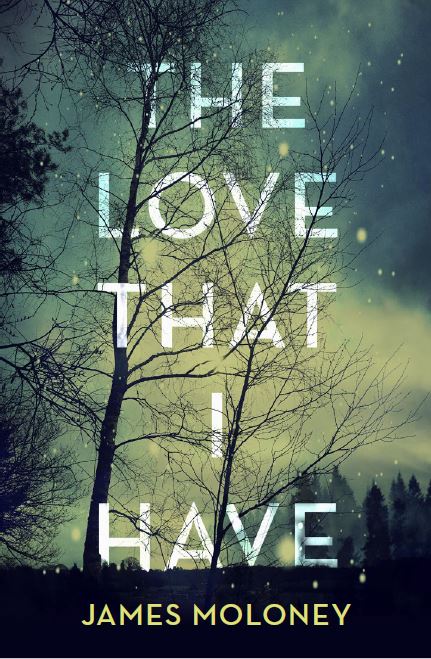|

|
Decades ago, when I was little older than the characters in this story, I spent a lazy Saturday afternoon watching Anthony Quinn portray a Romanian peasant deported to a German labour camp during WW2. Desperate for news of his beloved wife, he scrounges enough to buy paper and a stamp to let her know where he is, but in a brilliant piece of film-making, when he drops his letter through the mail slot, the camera switches to the other side of the wall in time to see a soldier tip the overflowing barrel of letters onto a bonfire. I sat up straight in my chair. Such cruelty! It seems laughable now, when so much worse was being done in concentration camps elsewhere, yet to extinguish those words of love and hope before they’d even left the camp, seemed particularly callous. The images and emotions of that afternoon have stayed with me ever since. In The Love That I Have, I’ve finally turned them into a story of my own.
I was moved, too, by the experience of my mother who died not long before I started The Love That I Have. A English teenager when Hitler invaded Poland, she too fell in love during wartime, only for her fiancé to be killed in the fighting. Later, she struck up a friendship with a German POW assigned to work near her home. His letters to her upon returning to Germany are still in our possession. They cannot hide the love he clearly felt for her.
My novels to date have been mainly aimed at the young adult audience, and while this book is harsh in topic and setting, the central storyline in THE LOVE THAT I HAVE allowed me to focus on all that I consider universal to adolescence – the naïve optimism and the vulnerability of those transitioning from innocence to experience. Once I saw how a love story would sit perfectly at the centre of the tale, I knew I had a powerful novel on my hands.
There are thousands of books and movies about the suffering of Europe’s Jews. It rightly overwhelms all other stories of that period. Yet there were other stories worthy of the telling. The most harrowing part of my research was discovering the ferocious treatment metered out to all groups whom the Nazis disapproved of - priests and protestors, homosexuals, communists, even Jehovah’s Witnesses. They weren’t marked for the gas chamber, but instead worked to death in camps like Sachsenhausen. It seemed right that my prisoner, Dieter, should come from among their ranks.
In naming my protagonist/narrator, I stumbled on just what I needed. Everyone knows the story of Anne Frank, which I’d revisited when inventing the Lipsky family. Few are aware that her older sister, Margot, experienced the same years in hiding and the same fate in Bergen-Belsen. Almost an exact contemporary of Margot Baumann, The Love That I Have is dedicated to her.
Initially, I didn’t have a love story so firmly in mind. I began with a young woman who is as disturbed by the callous act assigned to her as I had been when watching that film long ago. I wanted to find out what she would do. In that sense, Margot is me. It seemed inevitable that she would read some of the prisoner’s letters. That threw up the idea that she might become attracted to one prisoner in particular. Is it possible to fall in love with a man purely through his words on a page? And how urgent could that love become, especially when I found my Margot growing stronger as a person with every chapter? I was equally horrified by what the invading Russians did to German civilians in the final days of the war, a story no one cared about at the time. If the love between Margot and Dieter is both heart-warming and heart-breaking, it’s because Germany in 1945 left few lovers unscathed by sacrifice and loss.
|
|